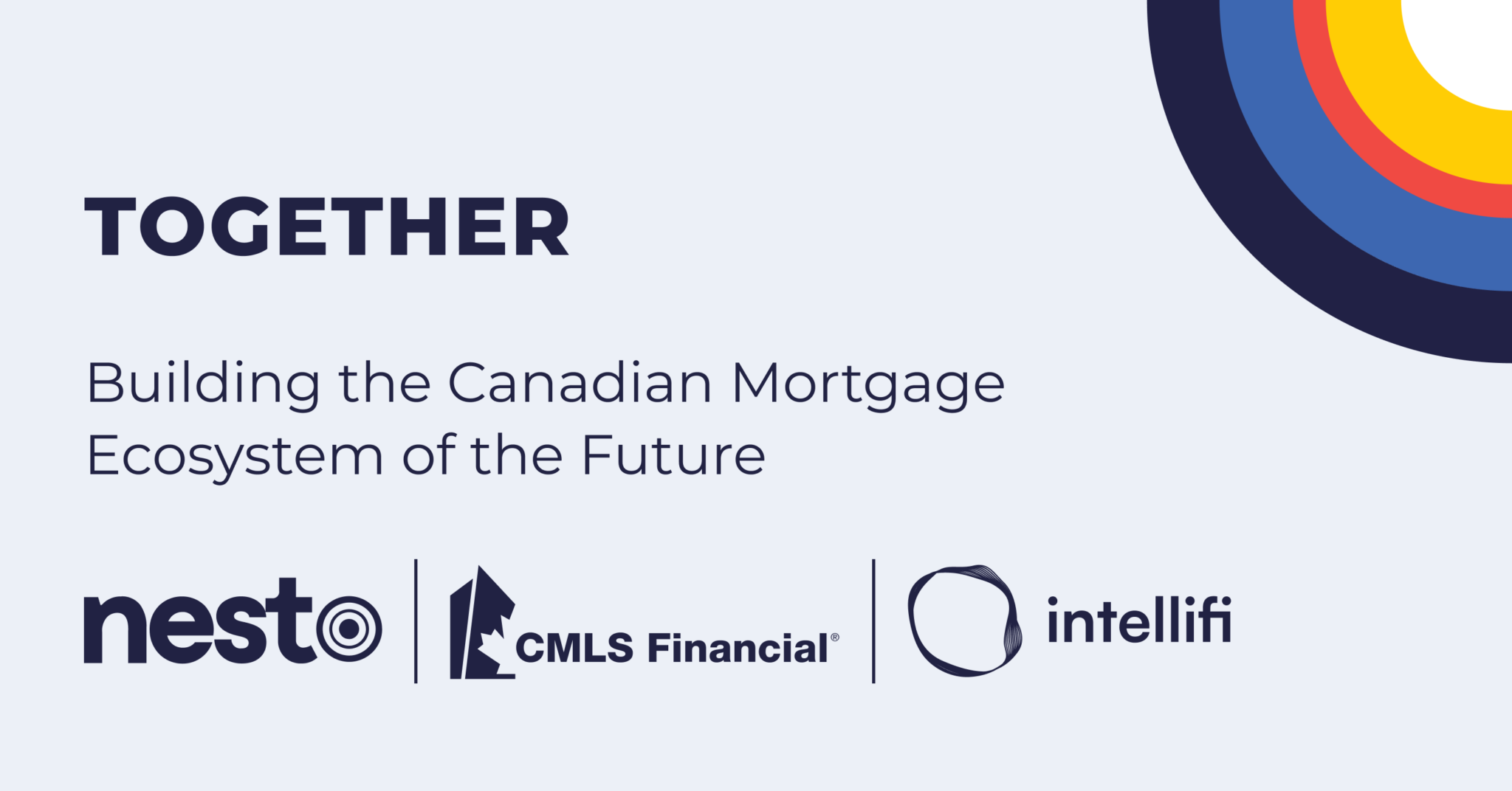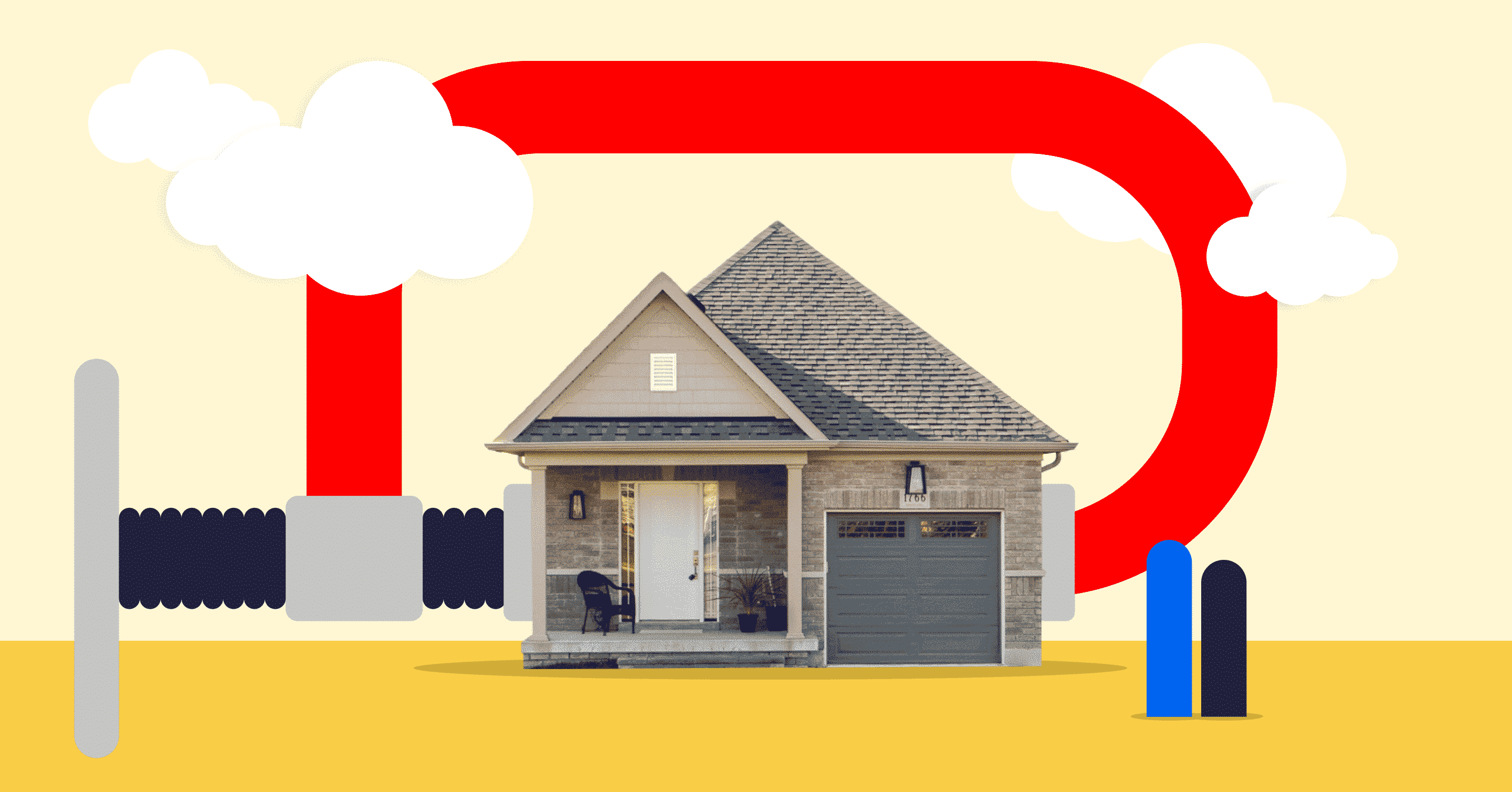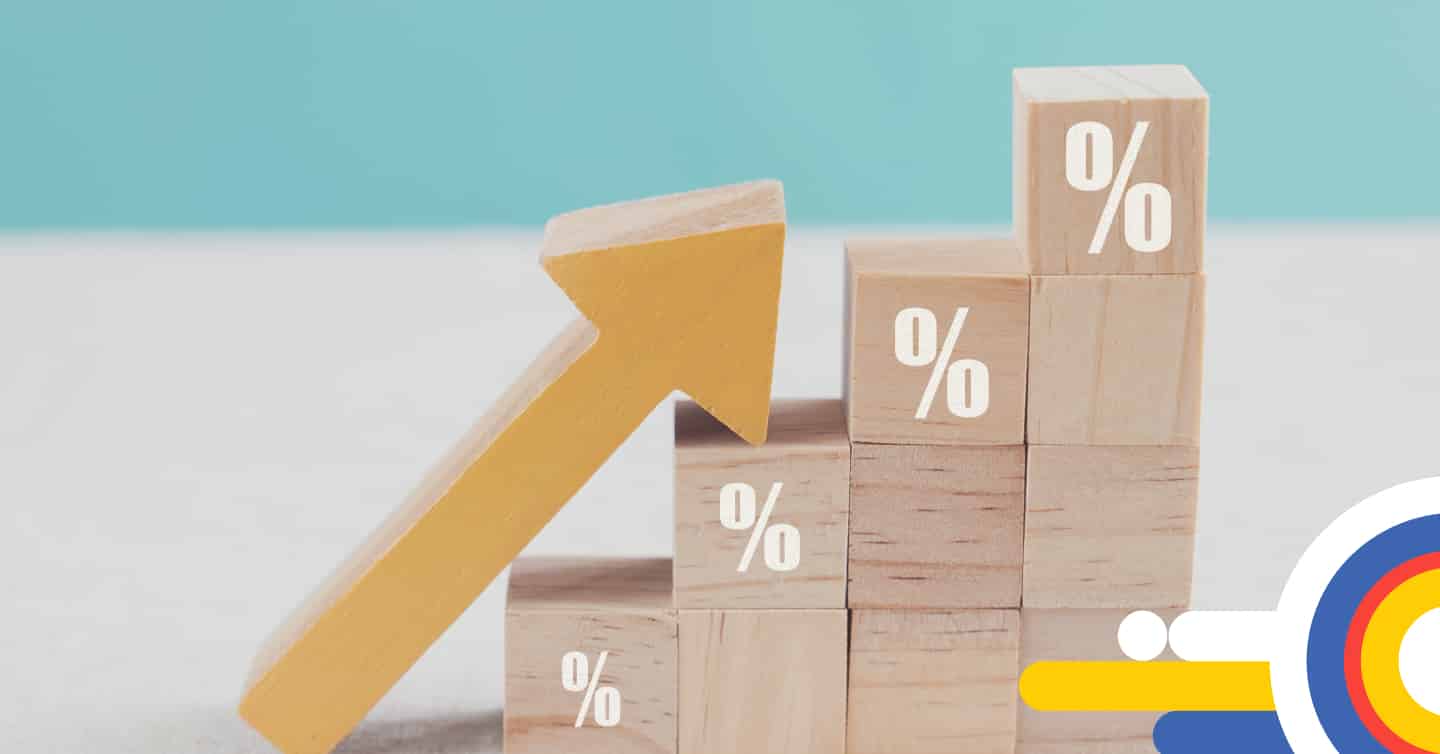Early Indicators Show Canadian Fixed and Variable Mortgage Rates Diverging

Table of contents
Early Indicators Show Canadian Fixed and Variable Mortgage Rates Diverging
In its January reading on February 20th, Statistics Canada officially reported that the Consumer Price Index (CPI) decreased from 3.4% in December to 2.9% in January year-over-year. This result was significantly lower than the expected consensus of 3.3% and the Bank of Canada’s (BoC) latest forecast for the first quarter (3.2%). It is worth noting that the unexpected decline in our CPI was preceded by an unexpected increase in the US CPI the week prior. Specifically, the US inflation rate for January was 3.1%, surpassing the expected 2.9%.
Due to differences in how mortgage rates are determined, the discrepancy between the Canadian and US CPI figures indicates that fixed and variable mortgage rates in Canada may soon experience divergent movements.
Why It Matters
The metric keeping Canadian inflation elevated is shelter costs, which increased in January, primarily due to a 27.4% year-over-year rise in mortgage interest costs and a 7.8% annualized increase in rental costs. It should be noted that both rental costs are also affected by higher mortgage costs, creating a catch-22 scenario on this metric. According to a recent report by TD Bank, our CPI stood at 1.5% in January when shelter costs were excluded. Canadian borrowers may face different interest rate environments depending on whether they choose a fixed or floating rate on their mortgages.
The Big Picture
The BoC’s policy rate, which influences variable mortgage rates, is expected to be cut 2 or 3 times in the second half of 2024, while fixed mortgage rates, which are more closely tied to bond yields, could increase alongside US treasury rates with upward movements in the CPI stateside.
Driving the News
The recent inflation report has strengthened the bond market’s belief that the BoC will implement its first 0.25% policy rate reduction by June, though there is some uncertainty on the exact timing of rate cuts. The BoC’s benchmark policy rate cuts are expected to ease the pressure on variable and adjustable mortgage rates linked to lenders’ prime rates. Changes in Canada’s benchmark rate have a realtime influence on adjustable-rate mortgage (ARM) payments and, subsequently, impact rent costs.
Fixed rates are determined by the yields of Government of Canada (GoC) bonds, which closely follow the movements of US Treasury bonds (long-term US bonds) due to the strong connections between the two countries’ economies. US bonds have risen recently due to higher inflation and economic growth expectations stateside, which could increase fixed mortgage rates North of the border.
What to Watch
As Canadian economic indicators continue to decline, the possibility of the BoC implementing its first rate reduction is becoming more evident. Meanwhile, the Fed’s statements are becoming more aggressive, with its members reaffirming their belief in an extended period of higher interest rates, which is grabbing the bond market’s attention.
The tailwind of US bond yields, which previously caused a decrease in fixed mortgage rates, is now transforming into a headwind that could potentially lead to an increase – just as our domestic data should be pushing them down.
In addition to boosting the attractiveness of floating rate choices, the rise in fixed mortgage rates would contribute to a tighter financial climate, which could challenge the BoC as it aims to loosen conditions. This opposing influence may prompt the BoC to lower its policy rate by a more significant margin than initially planned.
The Bottom Line For Homebuyers and Homeowners
Adjustable rates should be considered for borrowers assessing their mortgage strategy if their financial situation allows for higher upfront costs and risk. For borrowers who are more cautious and remain worried about the possibility of inflation and higher interest rates lasting longer than anticipated, a 3-year fixed rate remains the most suitable choice. In today’s ever-changing mortgage environment, it is worth noting that the fixed rates available today may soon increase due to the growing US bond yields, which are influenced by the belief of sustained higher interest rates in the US.
If you’re a homeowner coming due for renewal this month or a first-time homebuyer (FTHB) expecting to sign up for a new mortgage and looking for the lowest stress-free option, today’s 5-year fixed mortgage rate remains the cheapest option – both to pass the stress-test and for your mortgage carrying costs. If you’re looking to save on your mortgage, reach out to nesto, where each $100,000 in mortgage balance on a 25-year amortization costs you only $521.15 on nesto’s low 5-year fixed rate, currently at
Ready to get started?
In just a few clicks, you can see our current rates. Then apply for your mortgage online in minutes!















